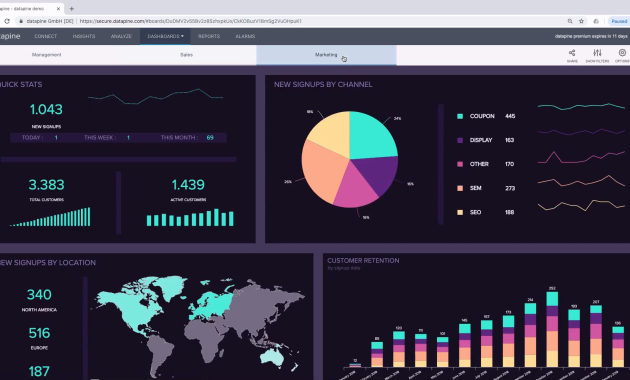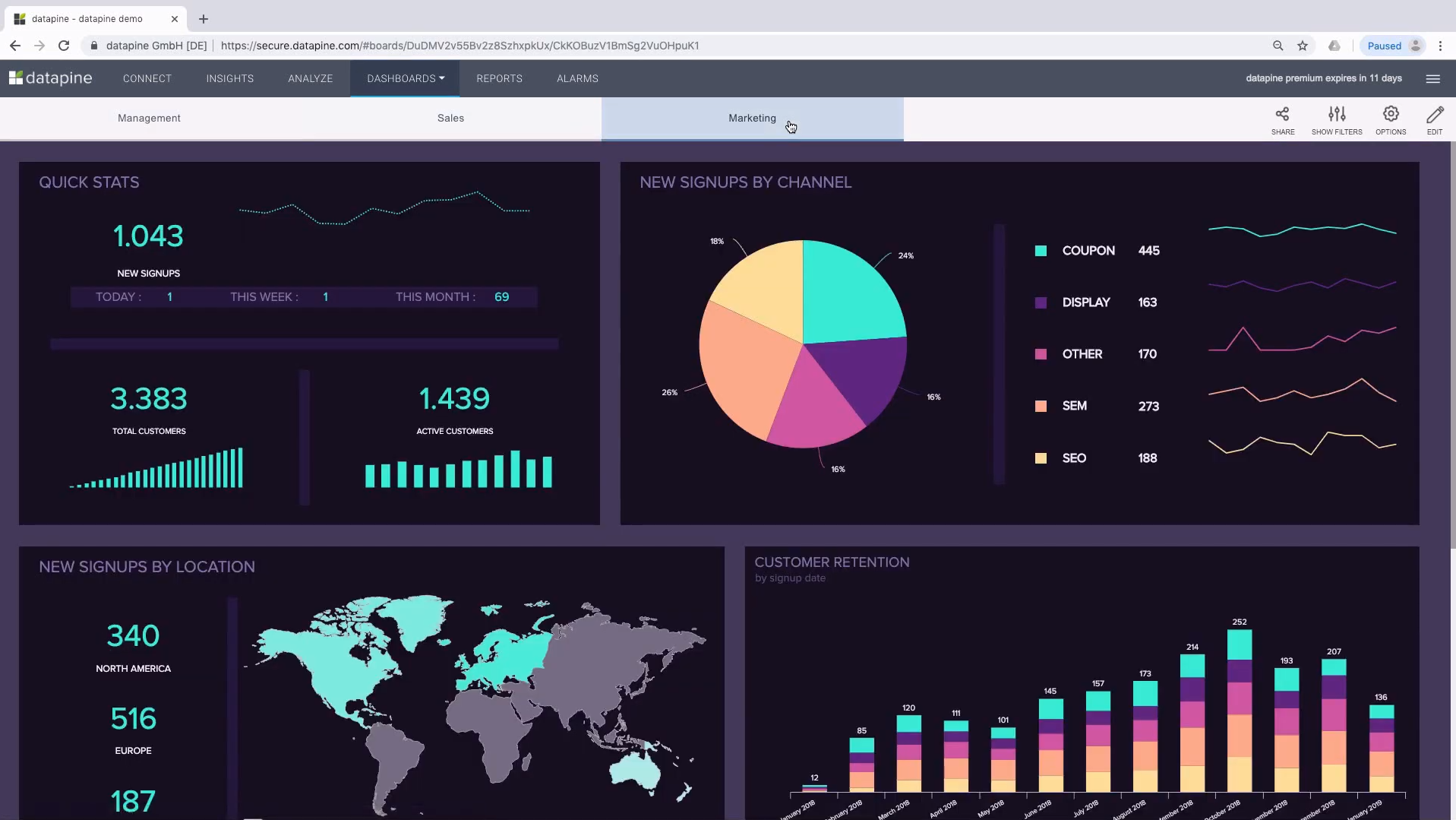
Mastering Success: Leveraging Business Intelligence Tools to Track Win Rates
In the competitive landscape of modern business, understanding and optimizing win rates is paramount. It’s not just about closing deals; it’s about understanding why deals are won and, more importantly, why they are lost. This is where business intelligence tools to track win rates become invaluable. They provide the insights needed to make data-driven decisions, refine sales strategies, and ultimately, boost the bottom line. This article delves into the power of these tools, exploring their capabilities, benefits, and how to choose the right ones for your specific needs. We will also explore best practices for implementation and provide real-world examples of successful strategies.
The Critical Role of Win Rate Analysis
Win rate, simply defined, is the percentage of opportunities converted into successful sales. It’s a key performance indicator (KPI) that reveals the effectiveness of a sales team. A low win rate signals potential problems in the sales process, pricing strategies, or product-market fit. Conversely, a high win rate indicates a healthy sales pipeline and a strong understanding of customer needs. Analyzing win rates goes beyond simple numbers. It involves a deep dive into the factors influencing success and failure. This includes analyzing lead sources, sales cycle length, deal size, and the reasons behind lost deals.
The Power of Data: How Business Intelligence Tools Transform Win Rate Tracking
Manual tracking and analysis of win rates are time-consuming and prone to errors. Spreadsheets and basic reporting tools often lack the sophistication needed to uncover the nuances of sales performance. Business intelligence tools to track win rates automate data collection, analysis, and visualization. They provide a comprehensive view of the sales pipeline, enabling sales teams to identify trends, patterns, and areas for improvement. These tools integrate data from various sources, including Customer Relationship Management (CRM) systems, marketing automation platforms, and sales engagement tools. This integration provides a holistic view of the sales process, from lead generation to deal closure.
Key Features of Effective Business Intelligence Tools
Choosing the right business intelligence tools to track win rates is crucial. The best tools offer a combination of features designed to streamline data analysis and provide actionable insights. Key features to look for include:
- Data Integration: Seamlessly connects with CRM, marketing automation, and other relevant systems.
- Data Visualization: Presents data in clear, easy-to-understand dashboards and reports.
- Advanced Analytics: Offers predictive analytics and trend analysis to identify potential problems and opportunities.
- Customizable Reporting: Allows users to create tailored reports based on specific metrics and KPIs.
- User-Friendly Interface: Provides an intuitive interface that is easy to navigate and use, even for non-technical users.
- Real-time Data Updates: Delivers up-to-the-minute insights, enabling quick reactions to changes in the sales pipeline.
Benefits of Using Business Intelligence Tools for Win Rate Tracking
Implementing business intelligence tools to track win rates offers numerous benefits. These tools empower sales teams to:
- Improve Sales Forecasting: Accurate win rate analysis helps predict future sales with greater precision.
- Optimize Sales Strategies: Identify what’s working and what’s not, leading to more effective sales tactics.
- Increase Sales Team Productivity: Automate tasks and provide insights that save time and improve focus.
- Enhance Customer Understanding: Gain a deeper understanding of customer needs and preferences.
- Drive Revenue Growth: Ultimately, the insights gained from these tools lead to increased sales and revenue.
- Identify Bottlenecks: Pinpoint specific stages in the sales process where deals are stalling or being lost.
Choosing the Right Tools: A Step-by-Step Guide
Selecting the right business intelligence tools to track win rates requires careful consideration of your specific needs and goals. Follow these steps to make an informed decision:
- Assess Your Needs: Determine your key performance indicators (KPIs) and what data you need to track.
- Research Available Tools: Explore the market and identify tools that offer the features you need.
- Compare Pricing and Features: Evaluate the cost and functionality of each tool.
- Consider Integration Capabilities: Ensure the tool integrates with your existing systems.
- Read Reviews and Case Studies: Learn from the experiences of other users.
- Test Before You Buy: Take advantage of free trials or demos to evaluate the tool’s usability and effectiveness.
Implementing Business Intelligence Tools: Best Practices
Successful implementation of business intelligence tools to track win rates requires a well-defined strategy. Consider these best practices:
- Define Clear Goals: Establish specific objectives for using the tool.
- Clean and Organize Data: Ensure data accuracy and consistency.
- Train Your Team: Provide training on how to use the tool and interpret the data.
- Monitor and Analyze Data Regularly: Track key metrics and identify trends.
- Iterate and Refine: Continuously improve your strategies based on the data insights.
Real-World Examples: Success Stories
Many companies have successfully leveraged business intelligence tools to track win rates. These case studies demonstrate the power of data-driven decision-making.
Example 1: A software company used a BI tool to analyze its sales cycle. They discovered that deals that involved a product demo had a significantly higher win rate. They then focused on increasing the number of product demos, resulting in a 15% increase in their overall win rate.
Example 2: A financial services firm used a BI tool to track the performance of its sales representatives. They identified top performers and analyzed their strategies. They then shared these best practices with the entire team, leading to a 10% increase in overall sales performance.
Example 3: An e-commerce company used a BI tool to analyze its marketing campaigns. They discovered that certain marketing channels were generating higher-quality leads that converted into sales at a higher rate. They reallocated their marketing budget to these channels, resulting in a 20% increase in conversion rates.
Overcoming Common Challenges
While business intelligence tools to track win rates offer significant benefits, there are potential challenges to consider. These include:
- Data Quality Issues: Inaccurate or incomplete data can lead to misleading insights.
- Resistance to Change: Sales teams may be resistant to adopting new tools and processes.
- Complexity: Some tools can be complex to implement and use.
- Integration Challenges: Integrating with existing systems may require technical expertise.
To overcome these challenges, focus on data cleansing, providing adequate training, and choosing user-friendly tools. Also, ensure strong communication and change management strategies are in place.
The Future of Win Rate Tracking
The future of win rate tracking is likely to be shaped by several trends. These include:
- Artificial Intelligence (AI): AI-powered tools will provide even more advanced analytics and predictive capabilities.
- Increased Automation: Automation will streamline data collection and analysis.
- Mobile Accessibility: Tools will become increasingly mobile-friendly, allowing sales teams to access data on the go.
- Personalized Insights: Tools will provide personalized insights tailored to individual sales representatives.
Conclusion: Embracing Data-Driven Success
In conclusion, business intelligence tools to track win rates are essential for any business seeking to improve its sales performance. By leveraging these tools, companies can gain valuable insights, optimize their sales strategies, and ultimately, drive revenue growth. Choosing the right tool, implementing it effectively, and continuously analyzing the data are key to success. Embrace the power of data and watch your win rates soar. [See also: Sales Forecasting Tools: A Comprehensive Guide] [See also: CRM Systems for Small Businesses] [See also: Sales Performance Metrics: A Detailed Analysis]

